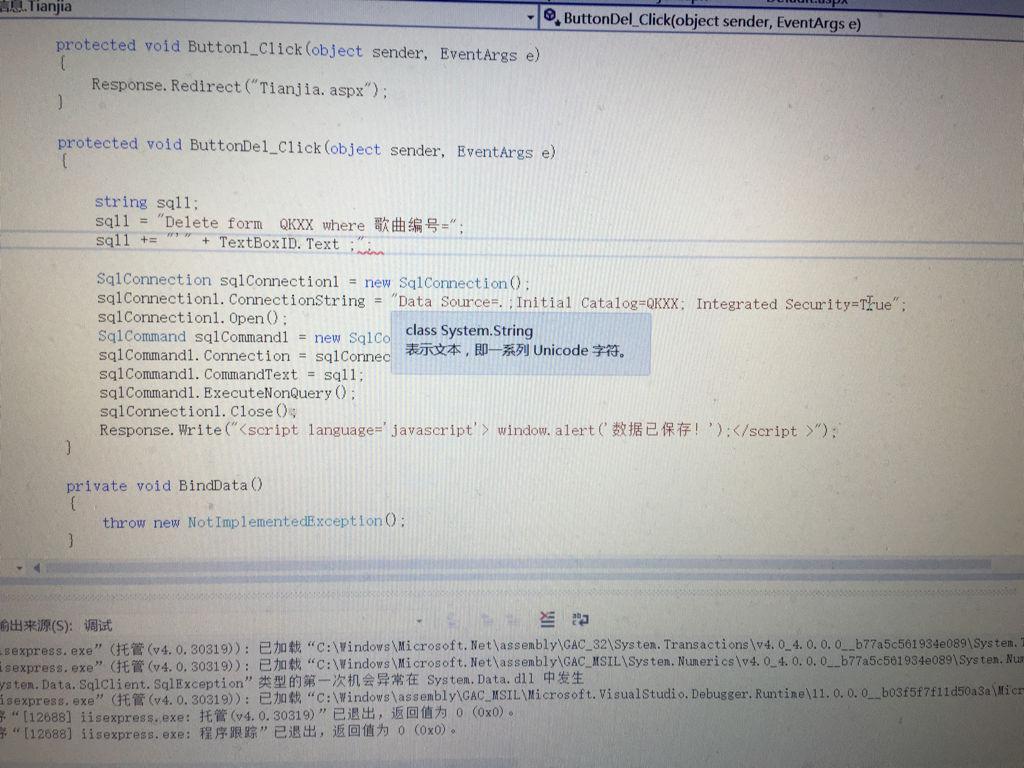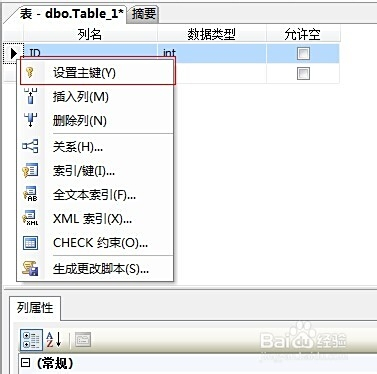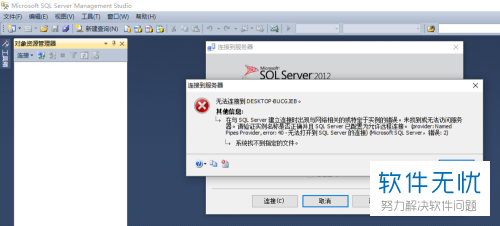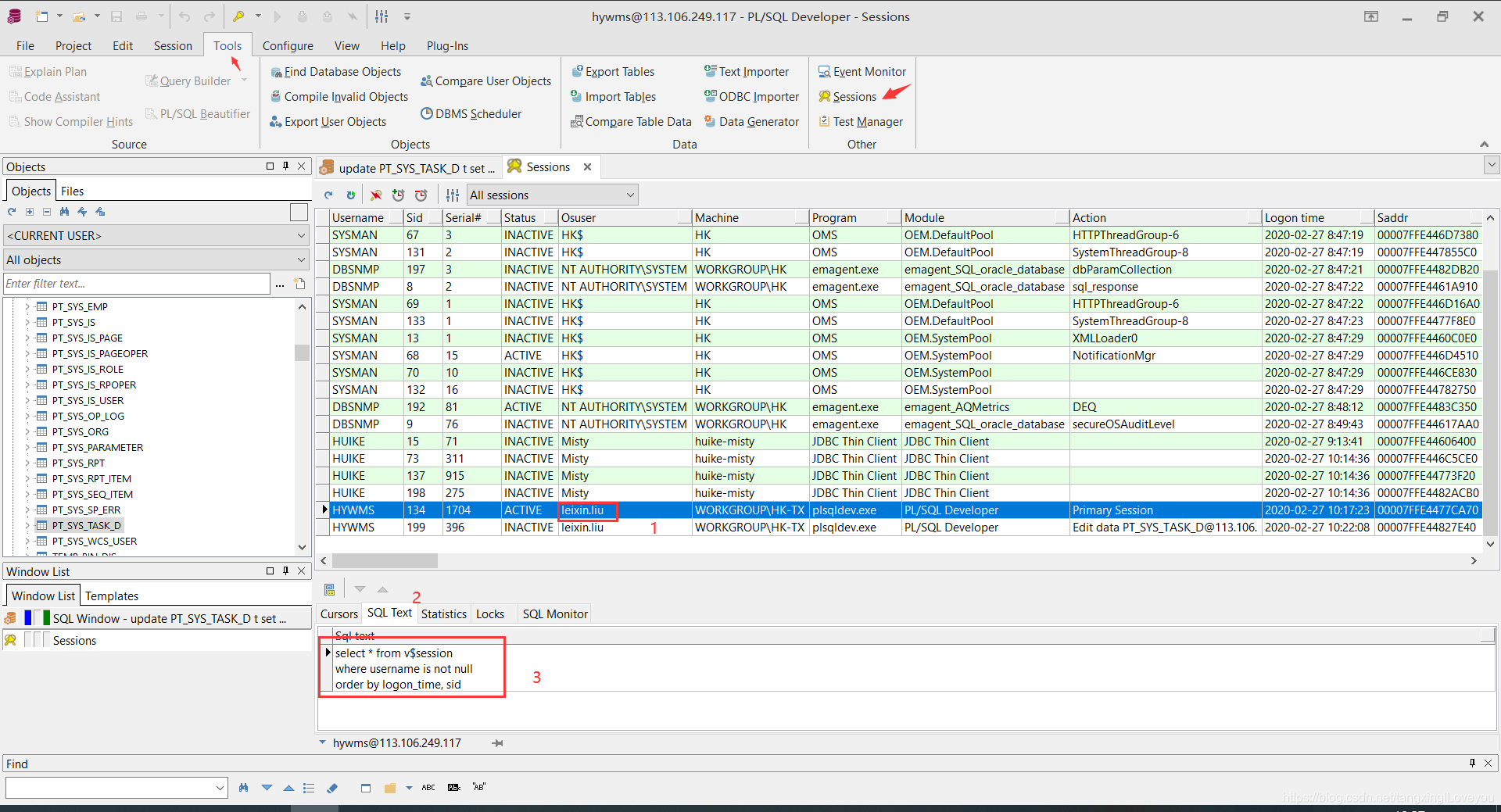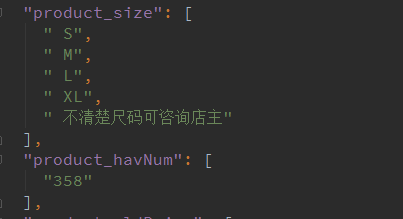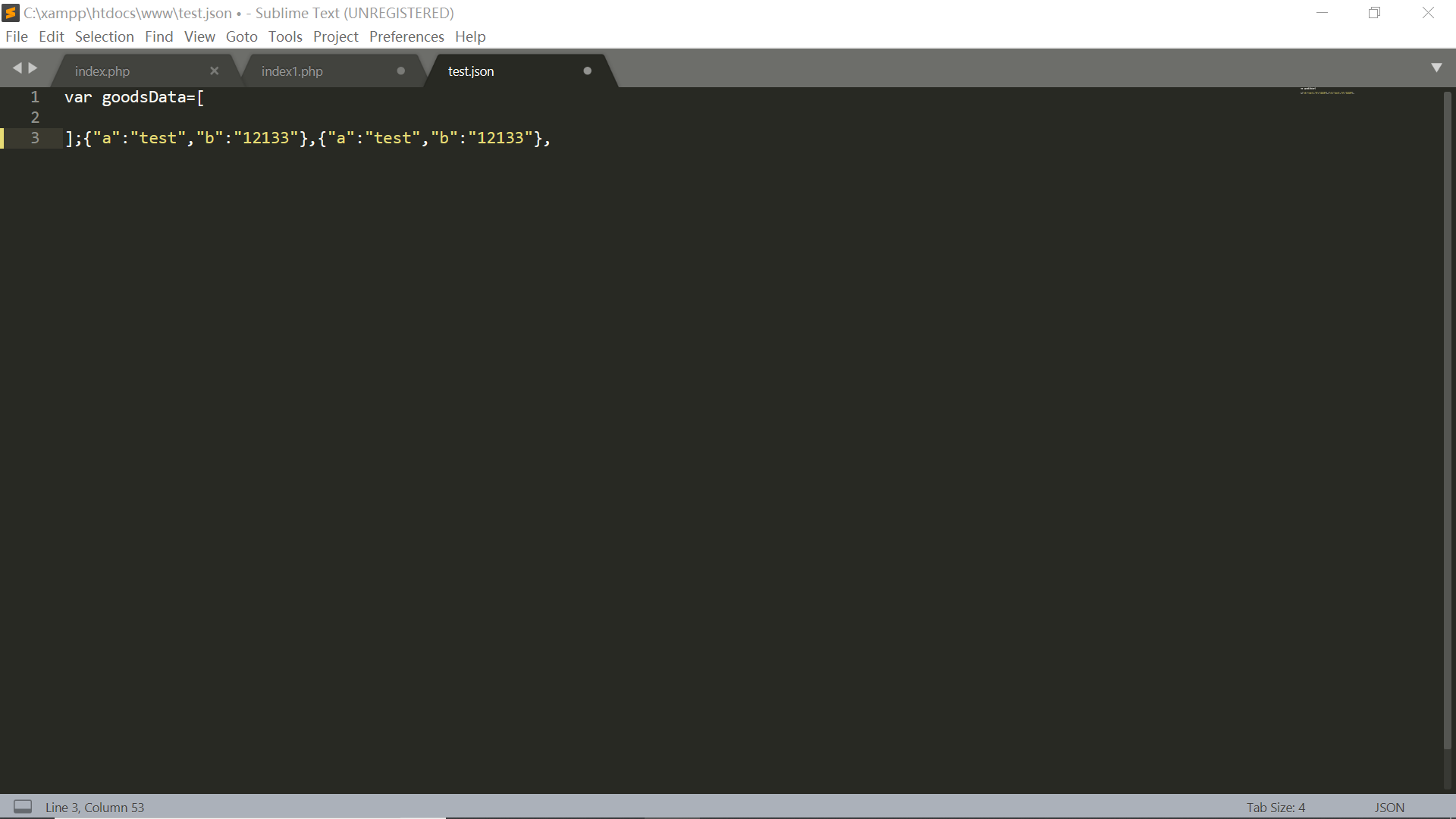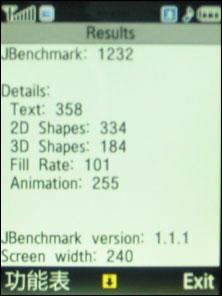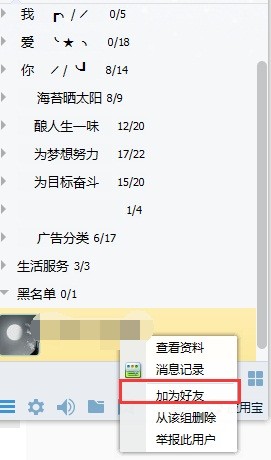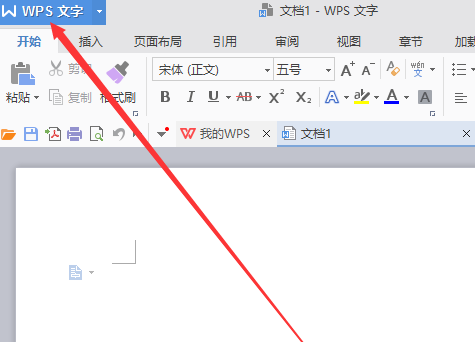上一篇
显示数据库中数据怎么写jsp
- 数据库
- 2025-09-01
- 5
JSP中显示数据库数据,需先通过JDBC连接数据库并执行查询,获取结果集后,使用JSP脚本或JSTL标签遍历结果集,
JSP(Java Server Pages)中显示数据库中的数据是一个常见的任务,通常涉及以下几个步骤:建立数据库连接、执行SQL查询、处理结果集并将数据展示在网页上,下面将详细介绍如何实现这一过程,并提供示例代码。
建立数据库连接
需要在JSP页面中导入必要的Java SQL包,并加载数据库驱动,假设我们使用的是MySQL数据库,以下是建立连接的基本步骤:
<%@ page import="java.sql." %>
<%
// 数据库连接参数
String url = "jdbc:mysql://localhost:3306/mydatabase";
String user = "root";
String password = "password";
// 加载JDBC驱动
Class.forName("com.mysql.cj.jdbc.Driver");
// 建立连接
Connection conn = DriverManager.getConnection(url, user, password);
%>
执行SQL查询
创建一个Statement对象并执行SQL查询,假设我们要从名为employees的表中检索所有员工信息:
<%
// 创建Statement对象
Statement stmt = conn.createStatement();
// 执行SQL查询
String sql = "SELECT id, name, position, salary FROM employees";
ResultSet rs = stmt.executeQuery(sql);
%>
处理结果集并显示数据
使用HTML表格来展示数据库中的数据,通过遍历ResultSet对象,将每一行数据插入到表格中:
<!DOCTYPE html>
<html>
<head>Employee Data</title>
</head>
<body>
<h2>Employee List</h2>
<table border="1">
<tr>
<th>ID</th>
<th>Name</th>
<th>Position</th>
<th>Salary</th>
</tr>
<%
while (rs.next()) {
int id = rs.getInt("id");
String name = rs.getString("name");
String position = rs.getString("position");
double salary = rs.getDouble("salary");
%>
<tr>
<td><%= id %></td>
<td><%= name %></td>
<td><%= position %></td>
<td><%= salary %></td>
</tr>
<%
}
%>
</table>
</body>
</html>
关闭资源
在JSP页面的末尾,确保关闭所有数据库资源以避免资源泄漏:
<%
// 关闭ResultSet, Statement, and Connection
rs.close();
stmt.close();
conn.close();
%>
完整示例代码
将上述步骤整合在一起,完整的JSP页面代码如下:
<%@ page import="java.sql." %>
<%
// 数据库连接参数
String url = "jdbc:mysql://localhost:3306/mydatabase";
String user = "root";
String password = "password";
try {
// 加载JDBC驱动
Class.forName("com.mysql.cj.jdbc.Driver");
// 建立连接
Connection conn = DriverManager.getConnection(url, user, password);
// 创建Statement对象
Statement stmt = conn.createStatement();
// 执行SQL查询
String sql = "SELECT id, name, position, salary FROM employees";
ResultSet rs = stmt.executeQuery(sql);
%>
<!DOCTYPE html>
<html>
<head>Employee Data</title>
</head>
<body>
<h2>Employee List</h2>
<table border="1">
<tr>
<th>ID</th>
<th>Name</th>
<th>Position</th>
<th>Salary</th>
</tr>
<%
while (rs.next()) {
int id = rs.getInt("id");
String name = rs.getString("name");
String position = rs.getString("position");
double salary = rs.getDouble("salary");
%>
<tr>
<td><%= id %></td>
<td><%= name %></td>
<td><%= position %></td>
<td><%= salary %></td>
</tr>
<%
}
%>
</table>
</body>
</html>
<%
// 关闭ResultSet, Statement, and Connection
rs.close();
stmt.close();
conn.close();
} catch (Exception e) {
e.printStackTrace();
}
%>
相关问答FAQs
问题1:如何在JSP中处理数据库连接异常?
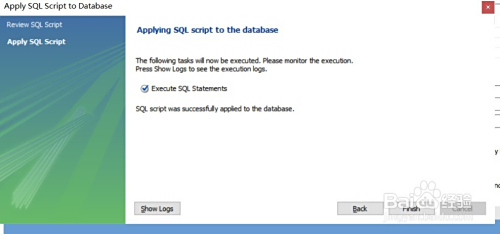
答:在JSP中处理数据库连接异常时,可以使用try-catch块来捕获和处理异常,在建立数据库连接和执行SQL查询时,可能会抛出SQLException或ClassNotFoundException,通过捕获这些异常,可以在页面上显示错误信息或记录日志,以便调试和修复问题,在上面的示例代码中,已经使用了try-catch块来捕获异常并打印堆栈跟踪。
问题2:如何在JSP中分页显示数据库数据?
答:在JSP中实现分页显示数据库数据,可以通过以下步骤实现:
- 获取当前页码:从请求参数中获取当前页码,默认为第一页。
- 计算偏移量:根据当前页码和每页显示的记录数,计算SQL查询的偏移量。
- 执行带限制的SQL查询:使用
LIMIT子句(在MySQL中)或ROWNUM(在Oracle中)来限制查询结果的数量。 - 计算总页数:查询总记录数,并根据每页显示的记录数计算总页数。
- 生成分页链接:在页面上生成“上一页”、“下一页”以及页码链接,以便用户导航。
以下是一个简单的分页示例:
<%@ page import="java.sql." %>
<%
int page = 1;
int recordsPerPage = 10;
if ("GET".equalsIgnoreCase(request.getMethod())) {
page = Integer.parseInt(request.getParameter("page"));
}
int start = (page 1) recordsPerPage;
// 数据库连接参数
String url = "jdbc:mysql://localhost:3306/mydatabase";
String user = "root";
String password = "password";
try {
// 加载JDBC驱动
Class.forName("com.mysql.cj.jdbc.Driver");
// 建立连接
Connection conn = DriverManager.getConnection(url, user, password);
// 创建Statement对象
Statement stmt = conn.createStatement();
// 执行SQL查询,带分页
String sql = "SELECT id, name, position, salary FROM employees LIMIT " + start + ", " + recordsPerPage;
ResultSet rs = stmt.executeQuery(sql);
%>
<!DOCTYPE html>
<html>
<head>Employee Data</title>
</head>
<body>
<h2>Employee List</h2>
<table border="1">
<tr>
<th>ID</th>
<th>Name</th>
<th>Position</th>
<th>Salary</th>
</tr>
<%
while (rs.next()) {
int id = rs.getInt("id");
String name = rs.getString("name");
String position = rs.getString("position");
double salary = rs.getDouble("salary");
%>
<tr>
<td><%= id %></td>
<td><%= name %></td>
<td><%= position %></td>
<td><%= salary %></td>
</tr>
<%
}
%>
</table>
<div>
<%
// 计算总记录数和总页数
rs.close();
stmt.close();
stmt = conn.createStatement();
rs = stmt.executeQuery("SELECT COUNT() AS total FROM employees");
if (rs.next()) {
int totalRecords = rs.getInt("total");
int totalPages = (int) Math.ceil(totalRecords / (double) recordsPerPage);
%>
<a href="?page=<%= page > 1 ? page 1 : 1 %>">Previous</a>
<%
for (int i = 1; i <= totalPages; i++) {
%>
<a href="?page=<%= i %>"><%= i %></a>
<%
}
%>
<a href="?page=<%= page < totalPages ? page + 1 : totalPages %>">Next</a>
<%
}
rs.close();
stmt.close();
conn.close();
} catch (Exception e) {
e.printStackTrace();
}
%>
</div>
</body>
